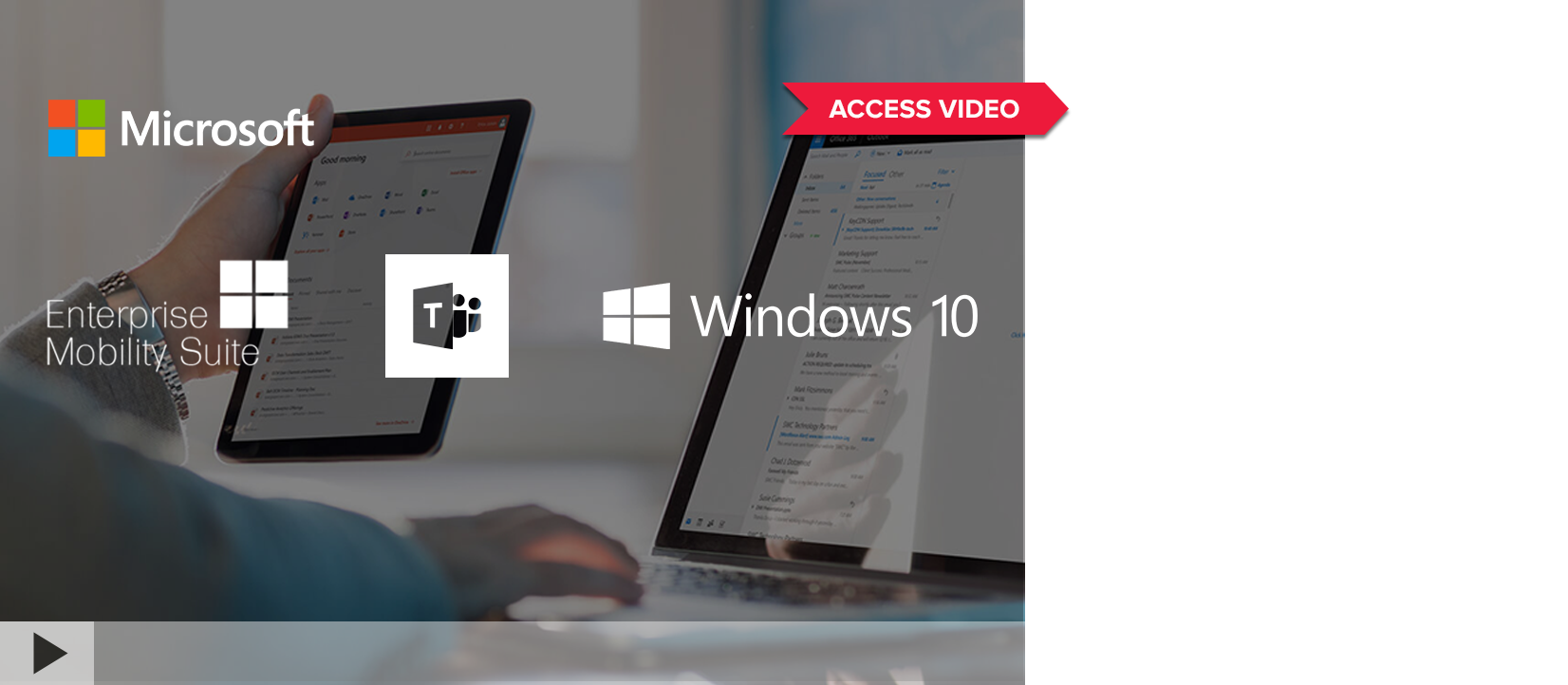What Your IT Department Wants You to Know About Cloud-Based Application Adoption
What Your IT Department Wants You to Know About Cloud-Based Application Adoption
In response to the business demand for rapid, agile deployment of new systems, Software as a Service (SaaS) burst onto the scene to provide organizations with low-cost, comprehensive capabilities that don’t require someone with a technical background to deploy. These cloud-based applications are accessed online under a SaaS arrangement. So rather than purchasing software to install and then adding additional hardware to support it, you can simply download a solution on-demand for a low monthly fee (or free in some cases) and start using it right away.
For instance, a marketing department wanting to share large digital files can simply download a cloud-based application such as Dropbox or iCloud directly from the Web, charge the corporate credit card (or leverage the free version), and get exactly what they need in a few minutes without waiting for IT to intervene.
When you consider the rapid deployment potential and lower upfront cost of SaaS, it’s no wonder the average organization today is leveraging an upwards of 1,427 cloud services, and the majority of business leaders consider these applications to be mission critical to the business.
The SaaS delivery model is here to stay and it’s rapidly changing the way businesses get work done. However, this so-called "Shadow IT" has led to some unintentional and potentially serious consequences when left unchecked.
Is SaaS Adoption TOO Easy?
In the good old days, files and emails were stored locally on computers. IT knew with certainty where critical data lived. Today, anyone with an Internet connection can download an application without IT ever knowing. The business no longer needs to wait for a corporate-wide solution; they can simply download what they need, when they need it, all the while bypassing traditional IT deployment models.
But is bypassing internal IT resources to acquire new systems, software, and other technology really improving efficiency and driving down costs? That depends on who you ask. From an IT perspective, "Shadow IT" is interfering with their reasonable need to maintain and control the environment, leading to a series of issues that require our urgent attention.
Here is what your IT department wants you to know about cloud-based adoption
- Security: When SaaS applications can be adopted without IT’s knowledge, there is no way to ensure that proprietary information, including business and client data, is being protected. Working within a defined security framework ensures that user access and devices are centrally managed. When end users access SaaS applications outside of the framework, IT loses control which could lead to disastrous consequences like data loss or breach (read about how Microsoft Enterprise Mobility + Security is helping to remedy this issue).
- Financial Waste: Due to the low cost and ease-of-use nature of SaaS, business units are quickly solving their problems by purchasing their own software. When the business is doing well, leadership is less likely to inquire as to how the problems are being solved, including the specific solutions or applications in use. Do you know how many applications your business is running? If you’re like most businesses, you can’t answer this question, which means you’re most likely paying for and maintaining redundant or unnecessary software that will amount to significant cost and efficiency loss down the line.
- Data Fragmentation: The process of aggregating and managing data to deliver insights about the business is already complicated. Add the proliferation of disparate applications, hybrid environments, and end-user demands for self-service brought on by SaaS, and the problem becomes even harder to solve. Without the ability to centralize and view business data, IT lacks effective oversight and the businesses fails to gain valuable insights to drive results.
The ability for IT to effectively manage and support its evolving environment is becoming increasingly challenging. Effectively managing the changing IT landscape warrants a significant cultural change that not only impacts the role of IT, but also requires a behavioral change from the company. Defining the core applications required to drive productivity and efficiency, gaining buy-in from the business and users, and educating the organization on the importance of security and access control will help ensure a smooth and effective transition to a cloud-first model.
Are your employees aware of the potential risks associated shadow IT? Are you in control of managing and operating such an environment? To keep pace in today’s ever-changing environment, businesses require a variety of flexible technologies, delivery methods, skills, and organizational restructuring. If you’re looking for a strategic partner who can aid in navigating these technical shifts, contact BDO Digital to learn more about our managed services offerings.


SHARE